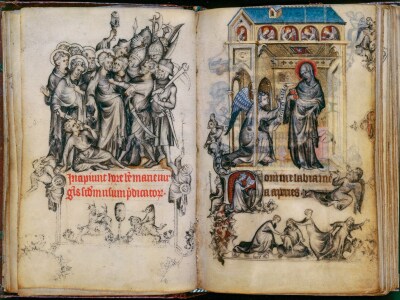As part of The Leonardo museum’s Pompeii exhibition, Professor Roger Macfarlane lectured on the lesser–known, but highly fascinating, archaeological work that is happening on the north side of the infamous volcano Mt. Vesuvius.
Professor Roger Macfarlane (Classical Studies) delivered a lecture on the lesser–known effects of the 79 AD eruption of Mt. Vesuvius as part of The Leonardo museum’s special lecture series that is accompanying its Pompeii exhibition. Despite increasing restrictions on social gatherings caused by the coronavirus pandemic, Macfarlane was able to deliver his lecture via Facebook Live on April 3, 2020.
When most people think about the volcanic eruption of Mt. Vesuvius, they think of the now-famous city of Pompeii. But in his lecture, Macfarlane shed light on what he calls “the dark side of Vesuvius,” the lesser–known areas to the north of the volcano, that were also impacted by the eruptions.
Archaeologists have found that “when the volcano erupted in AD 79, it famously destroyed civilization in Pompeii and Herculaneum and covered them over, but on the north slope of the volcano, culture was spared to a large extent.” This has made studying the north side of the volcano especially interesting to scholars, like Macfarlane, who study the ancient world.
One interesting archaeological site, known as the villa of Augustus, is located in Somma Vesuviana, Italy. Although it remains unsure, Macfarlane noted that “people are more and more convinced that this really could be the house where [Caesar] Augustus perished.” Sculptures and artifacts have been discovered at this site that give researchers insight into what life was like in the area.
Macfarlane was personally involved in part of the “archaeological excavation on Vesuvius’s north slope” in the town of Pollena Trocchia. He and BYU students and faculty established the Apolline Project and directed the site for three years, generating several publications; now, many scholars are engaging with the site and discovering new and exciting things about this ancient civilization.
Excavation of these sites and others is helping scholars piece together the culture and lifestyle of these civilizations. Mt. Vesuvius and its eruptions played a large part in the development of this cultural landscape, and researchers are hopeful for “further archaeological development in the next few years on the north side, or the dark side, of Vesuvius.”
—Heather Bergeson (English, ’22)


